Menu
Trees are an important part of our lives; one we can’t live without. This is why it’s crucial to take care of our environment. Sometimes you can tell when a tree is ill or dying by the color of its leaves or the state of its trunk. Other times, it’s not that easy to realize. Broken limbs or damaged tree trunks from a dying tree can cause serious injuries to people and animals if they fall unexpectedly. Being able to detect when a tree is ill and knowing what to do in that situation will be able to save you and others from potential dangers. Here are five signs to look out for that tell you the tree is not in good health.
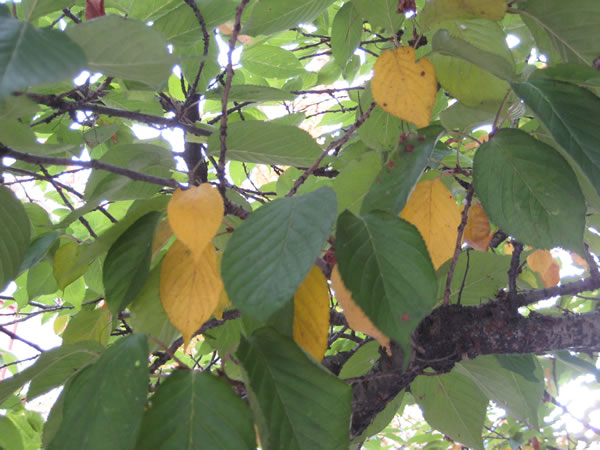
Having a few dead branches or wood doesn’t necessarily mean your tree is ill, but an increased occurrence of dead wood may be a sign. Having dead wood in branches can make them weaker and more prone to fall off at any time. This is hazardous for the people living and passing by the area around the tree. Having the tree removed by a tree removal service offered by companies like Driscoll Tree Service will be the best option in situations like these.
If the tree has damaged roots, it’s harder to spot because they’re located underground. Look for changes in the tree’s health if you’ve recently had construction work near the tree or any other occurrence that may have been damaging to the tree. Similarly, if there are roots peeking out onto the surface, check for any damage and make sure the soil is healthy as well. Call for tree service if necessary.

Trees have another layer under the dry, hard bark on their exterior called the cambium layer. You can peel off the hard layer and inspect the tree by looking at its cambium layer. By using your fingernail or a knife, carve out the outside layer of bark and check the color of the layer inside. If it’s green, this means the tree is still living. If it’s brown or dry, this is a sign of a dead or dying tree.
Plant leaves turning yellow is a sign of a moisture problem, usually meaning the plant either has a lack of water consumption or is receiving too much water. Moisture isn’t the only reason a tree’s leaves can turn yellow. Having pests or diseases can also lead the tree’s health to decline, causing the leaves to not receive enough nutrients.
If you have spots appearing on leaves or branches of your tree, it may be signs of disease. Pests and fungus can cause this to happen. Of course, not all spots you see on leaves mean that your tree has a disease, but it’s best to make sure nothing’s wrong with your tree’s health. Finding out about the problem before it’s too late will save you a phone call to a tree removal service.
A plant’s overall health can affect its growth pattern greatly. Having thinner branches or being smaller can be because of a lack of nutrition just as much as it could be because of diseases. Leaning to the side or drooping branches are signs of weakness and indicate that the tree should be checked out.
Trees are living things just like humans, and they naturally have needs as well. If their health isn’t in good condition, it’s the job of Driscoll Tree Service to take care of them and have them removed if necessary. Don’t neglect your trees and call now if you need tree service. Attempting to save your tree now will most likely be more effective than later on.
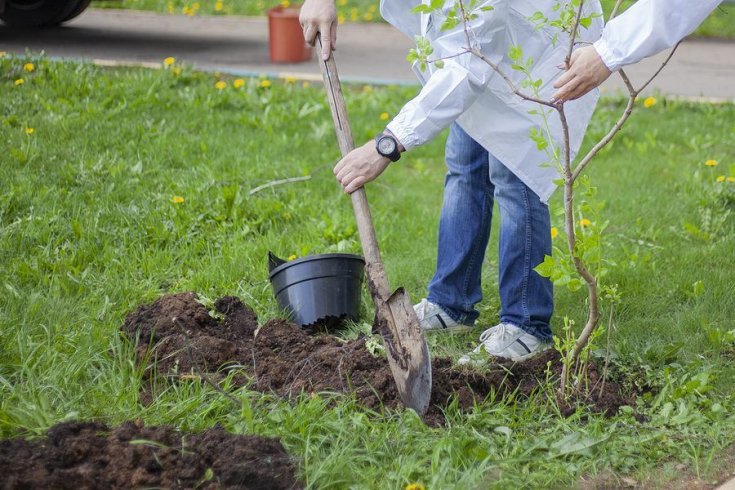
Best Trees to Plant for Shade A good shade tree is a must if you live in an area where the temperatures tend to rise in the spring and summer. Choosing the right trees can not only offer a cool…
Read More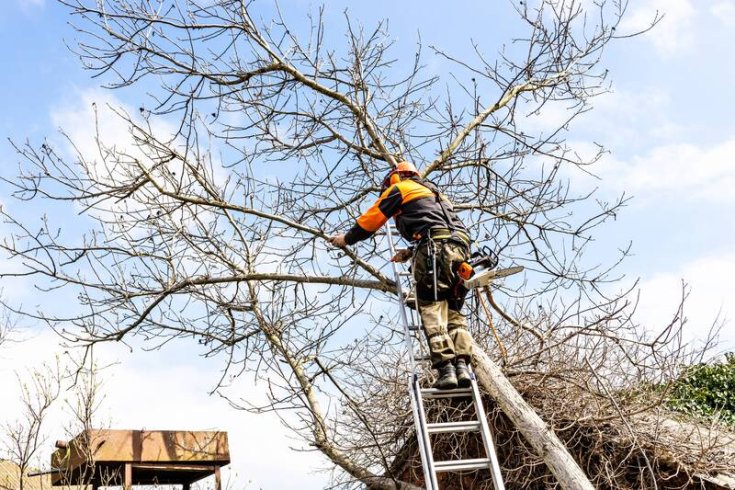
Summer is winding down, the days are getting shorter, and the air will be crisp and the leaves will start falling before you know it. For tree owners, that means it’s time to think ahead. Fall is one of the…
Read More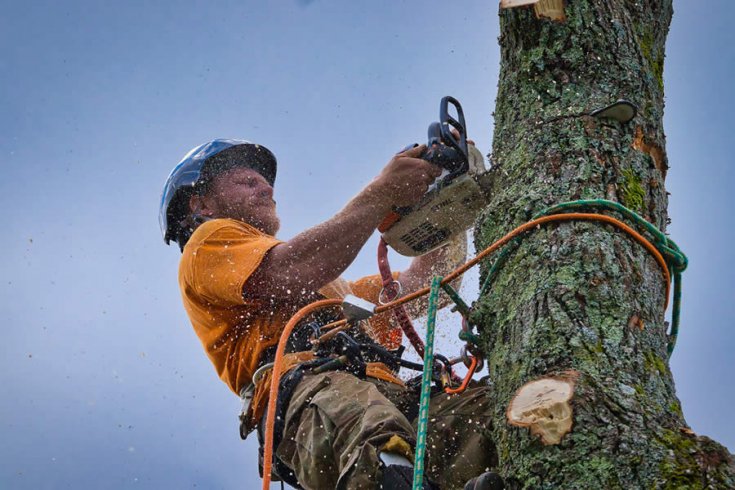
Everything You Need to Know About Residential Tree Clearing Trees provide a range of benefits for your property and the ecosystem. However, there are instances clearing is vital to mitigate safety hazards and costly damages in the future. Before hiring…
Read More
Removing Trees in Confined Spaces People living in urban and suburban settings often own homes with small yards. This is common in congested areas since most properties are close together. This can pose significant issues regarding tree removal, hence the…
Read More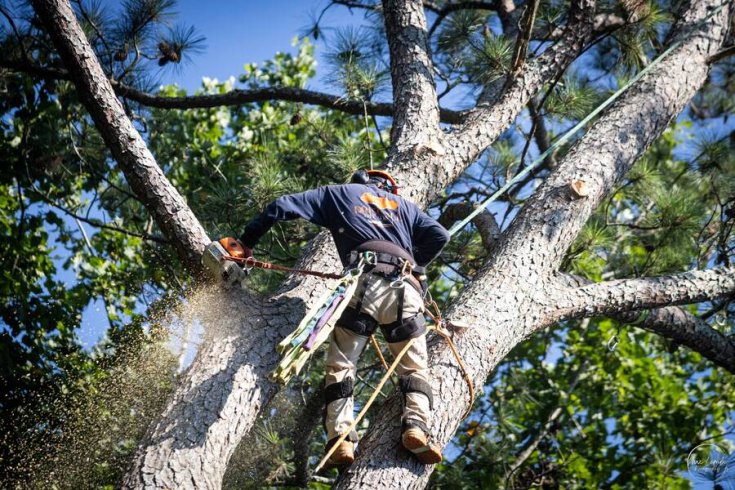
The Best Time of Year to Trim Your Trees (And Why It Matters) Trees are more than just scenery that beautify Metro Atlanta's landscape; they’re vital parts of our yards and provide shade, beauty, and environmental benefits. If you want…
Read More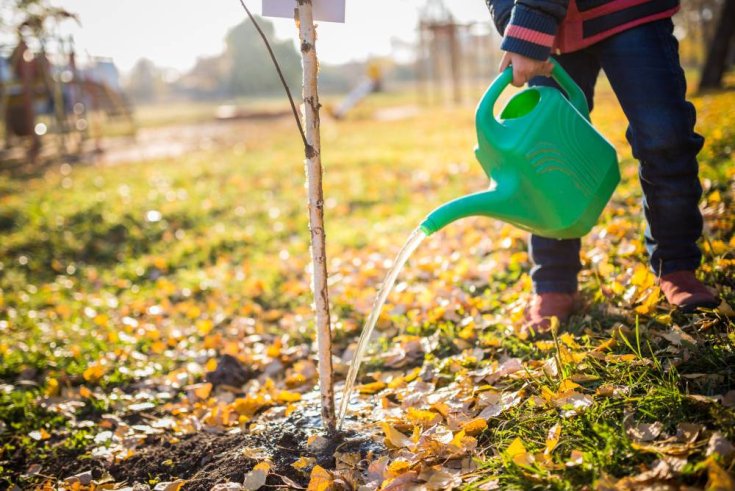
The Best Way to Water Trees Trees are silent giants in our environment that require proper care to thrive. One of the most crucial aspects of their care is watering. Watering trees may seem straightforward, but some specific methods and…
Read More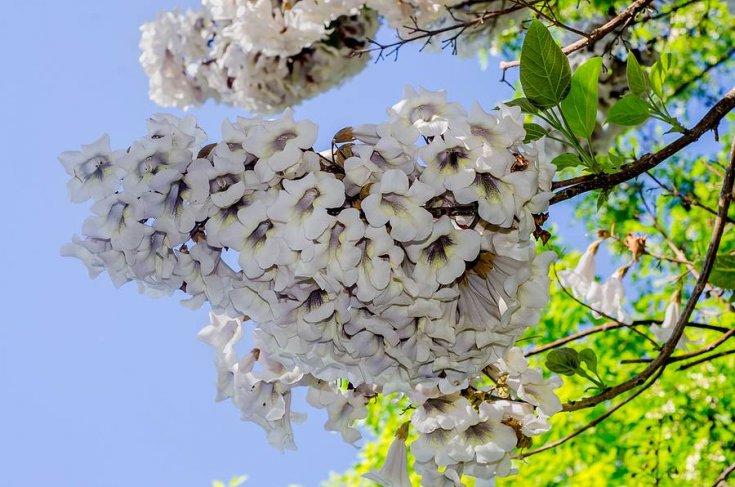
Georgia Guide to Growing Trees If you are a resident of Georgia, there’s no better time to grow trees than now. With over 100 tree species, it is one of the most diverse ecosystems in the United States. Before planting…
Read More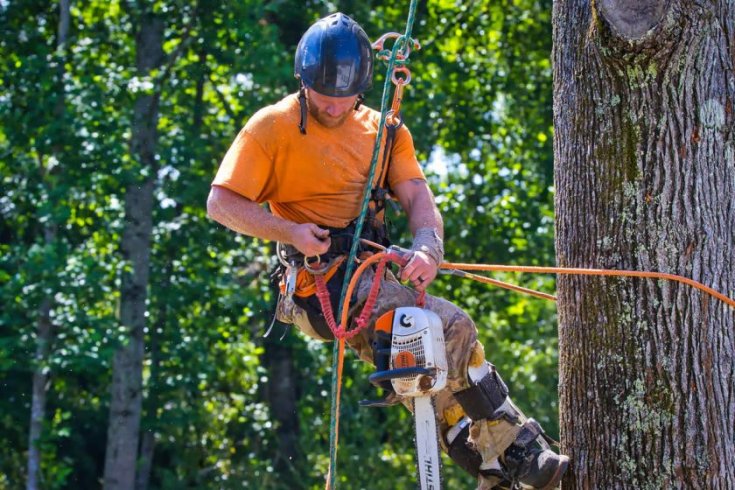
Tools and Equipment For Professional Tree Trimming Professional tree trimming could be an easy or difficult process, and that fully depends on the tools you use. Trimming is able to open up the visibility of your property and enhance the…
Read More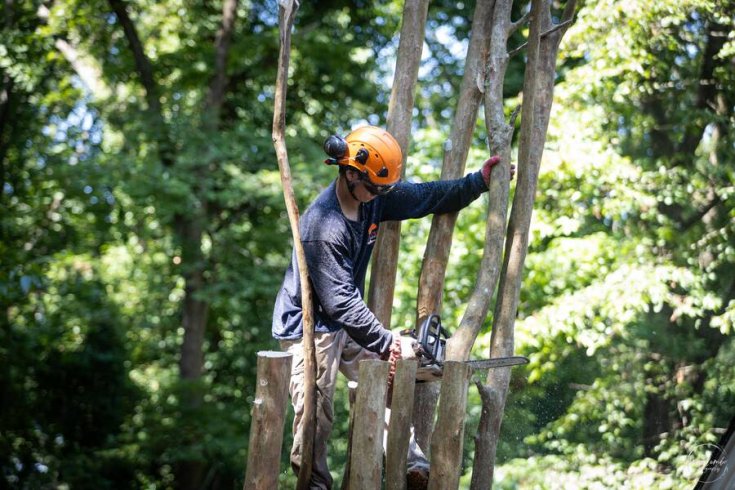
Trees are beautiful, strong, and bring life to your yard - but only when they’re well cared for. Regular tree trimming keeps your trees healthy, prevents branches from growing too close to your home, and reduces the risk of falling…
Read More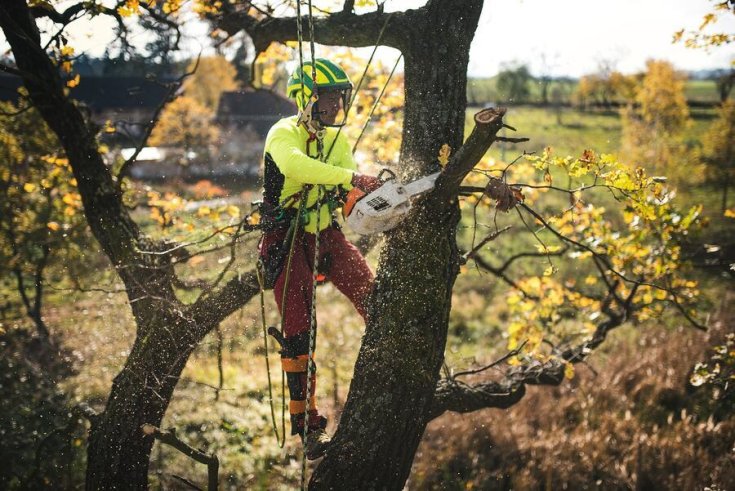
What Exactly Is an Arborist Report? Trees are a valuable addition to our environment, providing oxygen, curb appeal, shade, and a habitat for various species. However, when it is time for tree removal, especially protected ones, there are legal and…
Read More